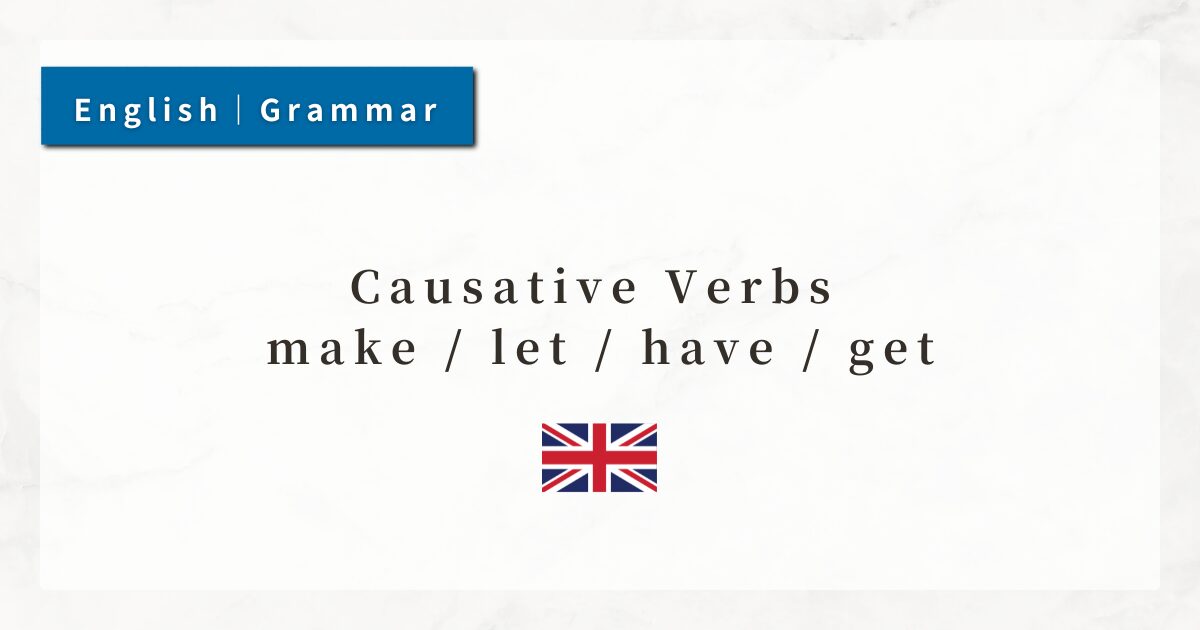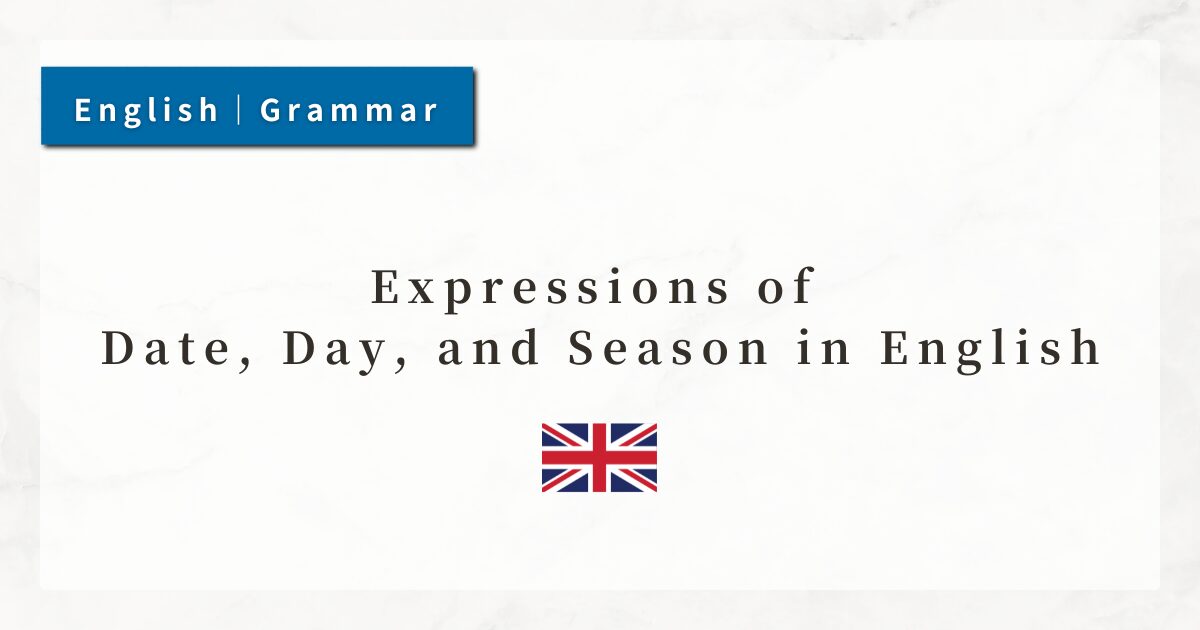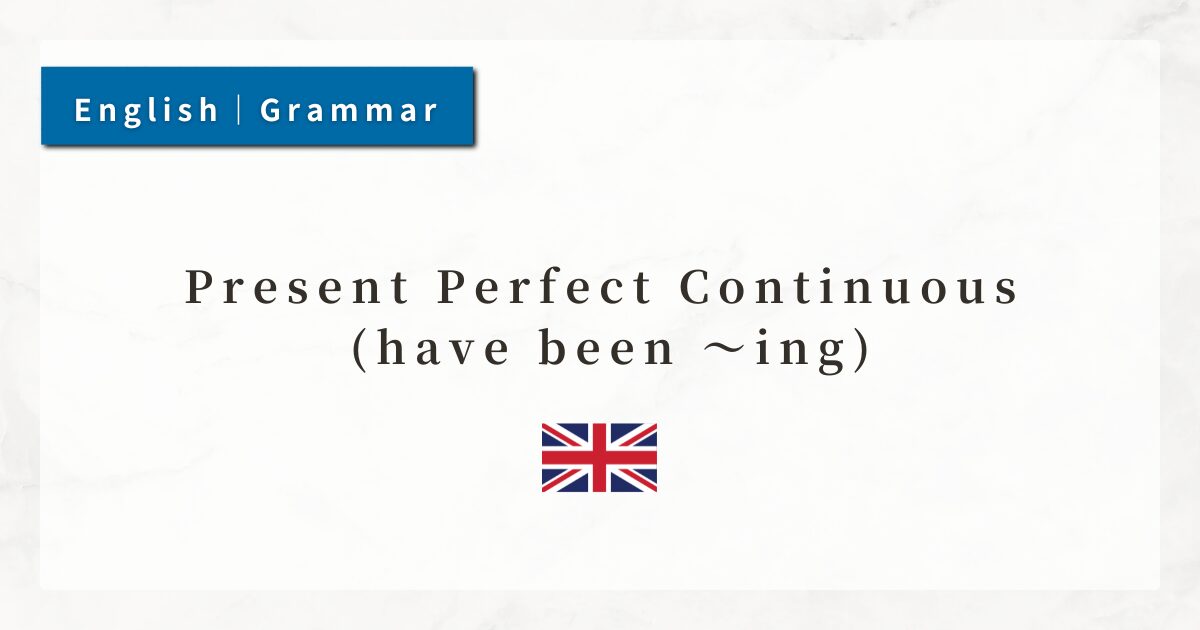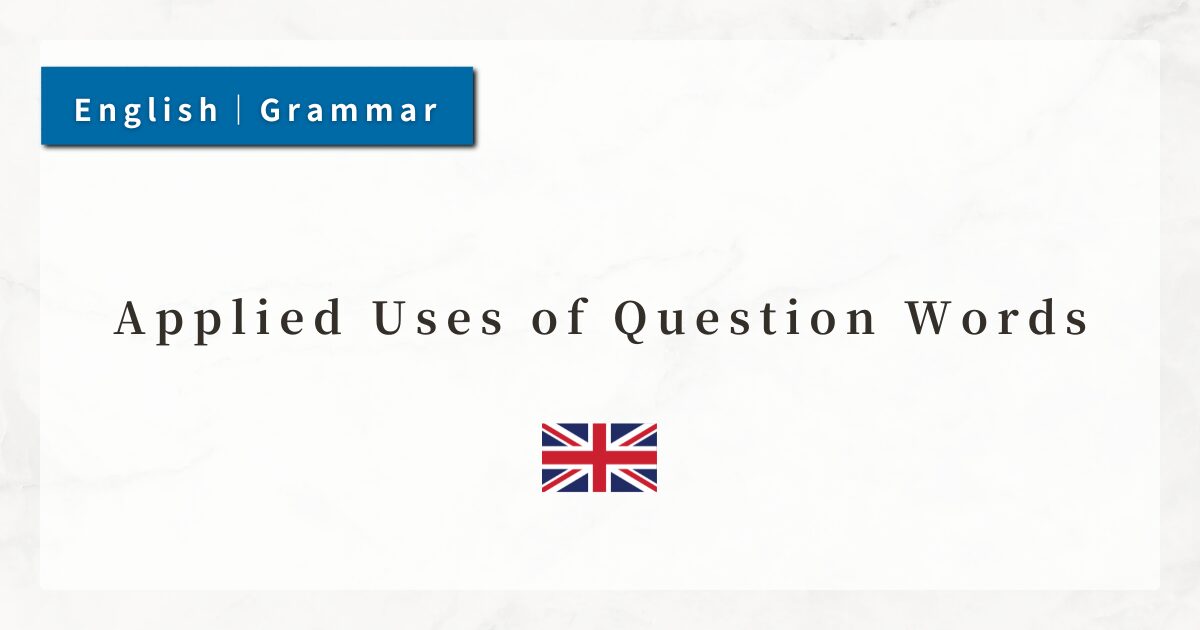#11 Basic Usage of Prepositions|How to Differentiate in, on, and at

When expressing time or place in English, prepositions are indispensable. By using them correctly, I can produce natural and accurate English expressions.
In this lesson, I will focus on three frequently used prepositions—in, on, and at—and explain their differences and key points with example sentences.
1. Basics of Prepositions
Prepositions are essential words that indicate the relationship between a noun/pronoun and other elements, such as time, place, direction, or means. In English word order, the rule is that a preposition is always followed by a noun or pronoun.
For example, prepositions are used together with the noun phrase that follows them, such as “in the room” or “on the table.”
- Correct: in the room
- Incorrect: the room in
Furthermore, prepositions can be used in a wide range of contexts, expressing not only space and time but also metaphorical meanings depending on the situation.
2. The Three Basic Prepositions: in, on, at
2-1. in : Indicating a Large Space or a Long Period of Time
The preposition in refers to being surrounded or enclosed by something. It is used for places that can be perceived as having an interior, such as buildings, cities, countries, boxes, or rooms. For example, in the room indicates being inside the enclosed space of a room.
For time expressions, in is used with relatively long units such as years or months, carrying the nuance of “within a period.”
For example, in 2020 conveys the idea that an event took place within the span of the year 2020.
2-2. on : Indicating Contact with a Surface, Dates, or Days of the Week
The preposition on conveys the nuance of physical contact with a surface. It is not limited to being physically placed on top of something but also covers cases where something is attached to or spread over a surface.
In terms of time, on is used for days and dates. The concept comes from imagining a calendar as a surface, with days and dates arranged upon it.
- on the wall
→ attached to the surface of the wall - on Monday
→ an event “sits” on the surface of Monday in the calendar
2-3. at : Indicating a Specific Point in Place or Time
The preposition at points to a precise location or time, like identifying a single dot on a map. It is typically used for specific places such as stations, homes, or event venues.
For time expressions, it refers to an exact point in time, such as “at 5 p.m.”
- at school
→ at the specific location of a school - at 5 p.m.
→ precisely at 5 o’clock in the afternoon
3. Summary
- Prepositions are placed before nouns or pronouns to show relationships of time, place, or circumstance.
- in indicates enclosed spaces or long periods.
- on indicates surfaces, contact, dates, and days of the week.
- at indicates a specific point in time or place.
- The basic rule is to use the structure “preposition + noun.”




